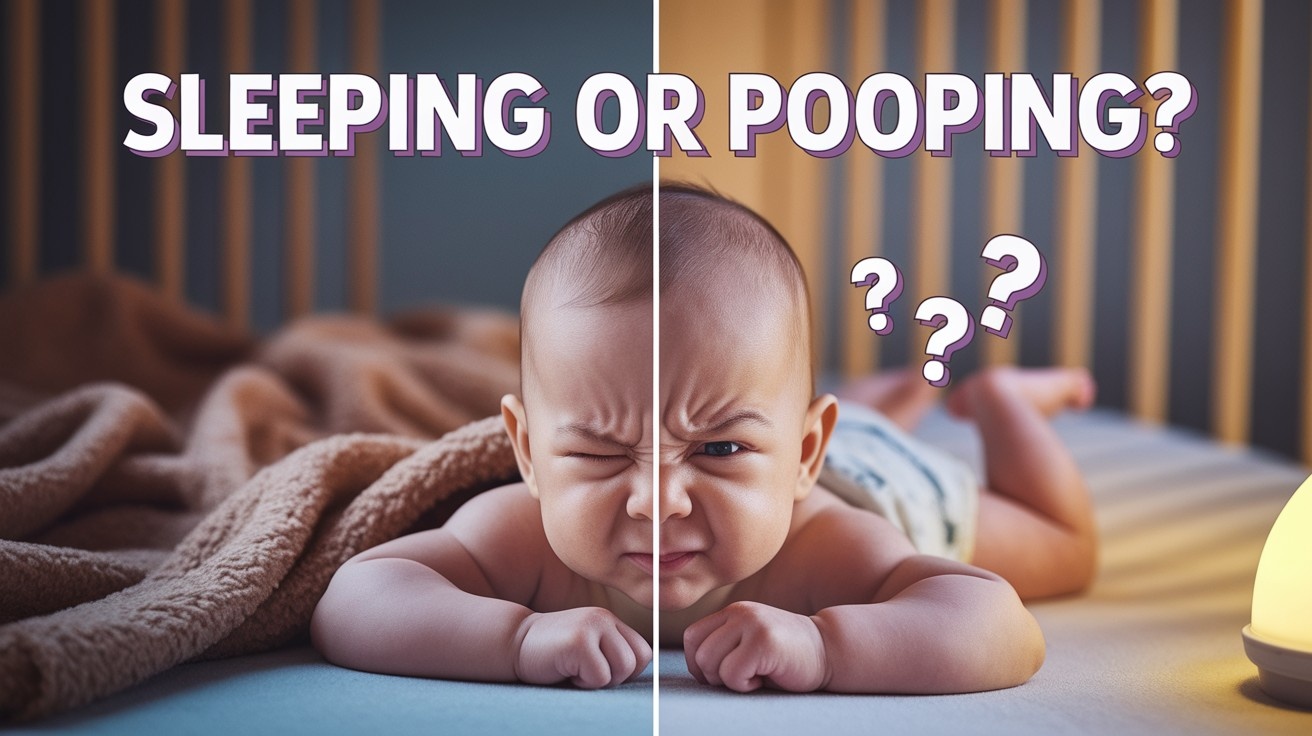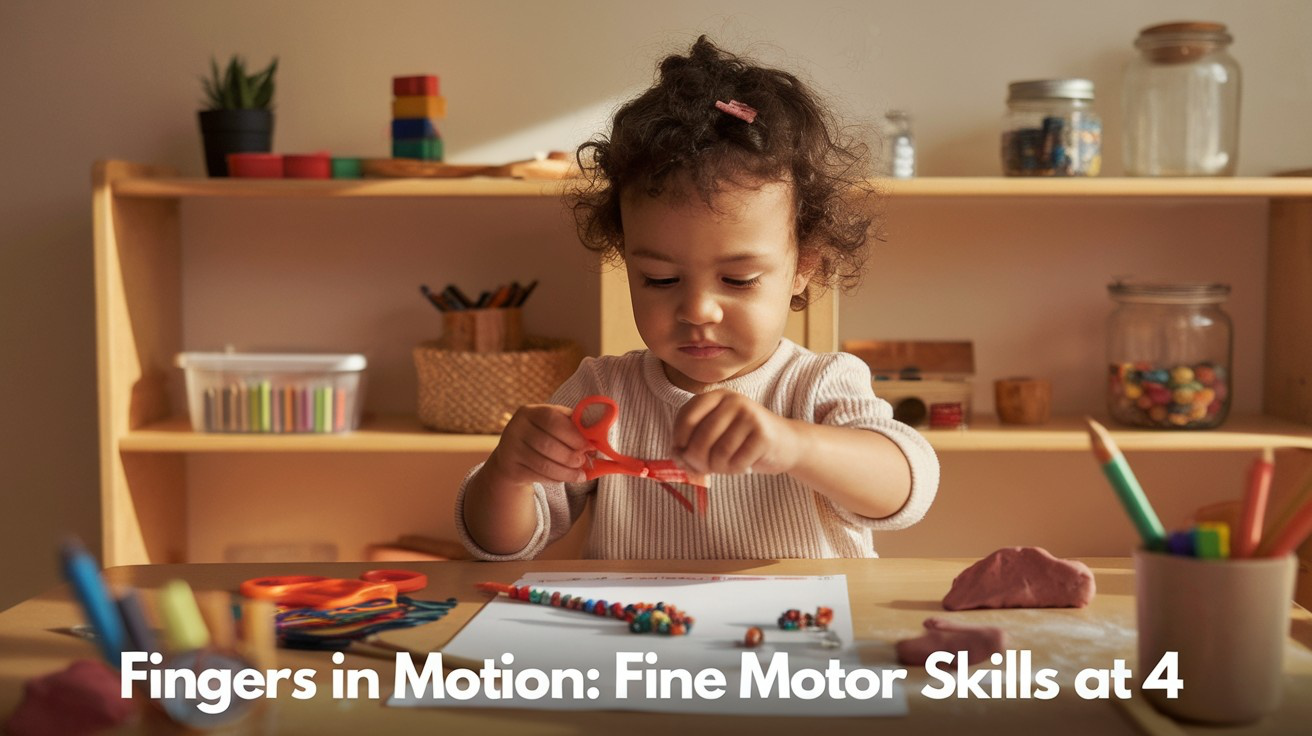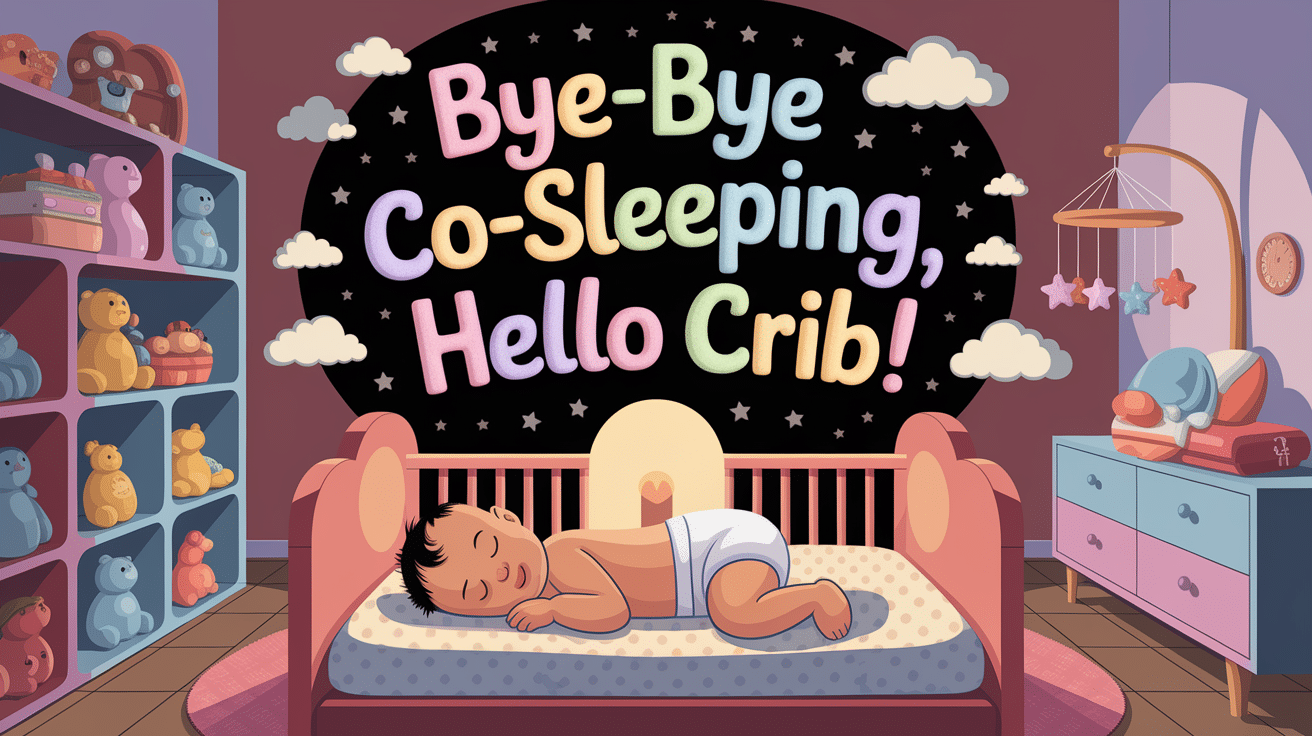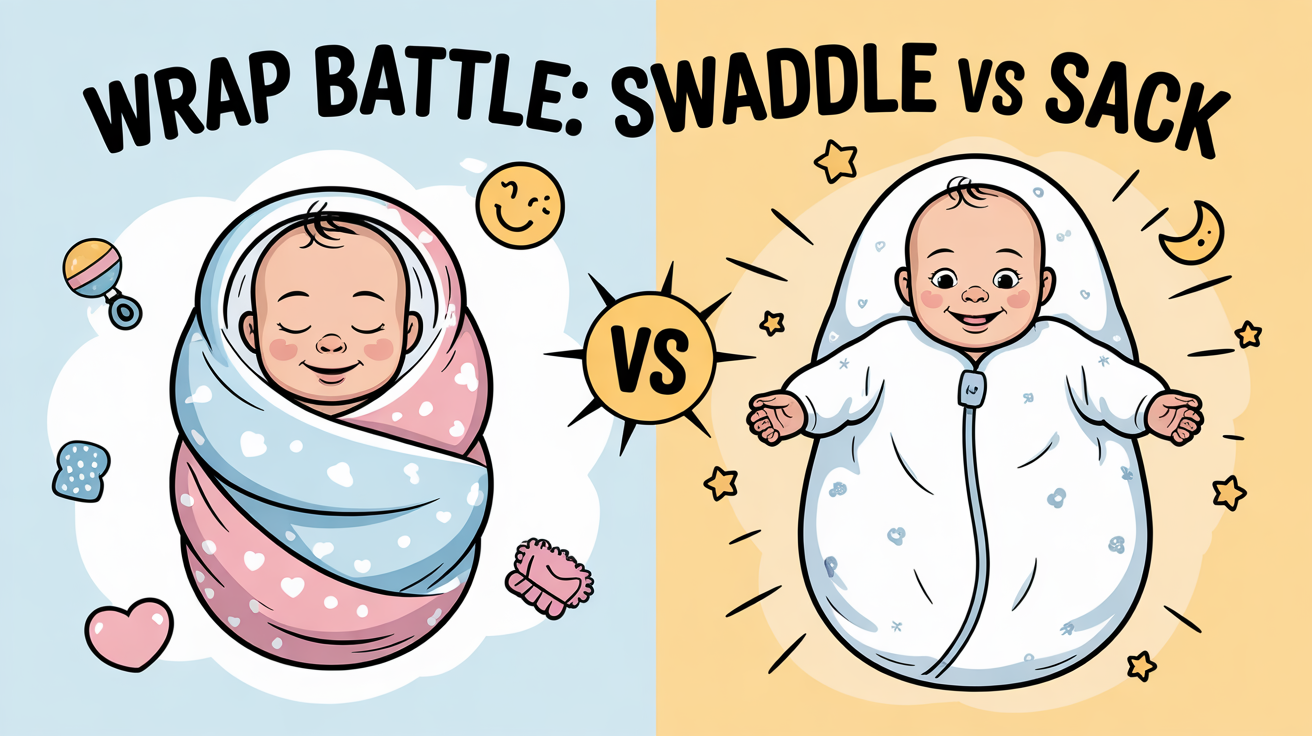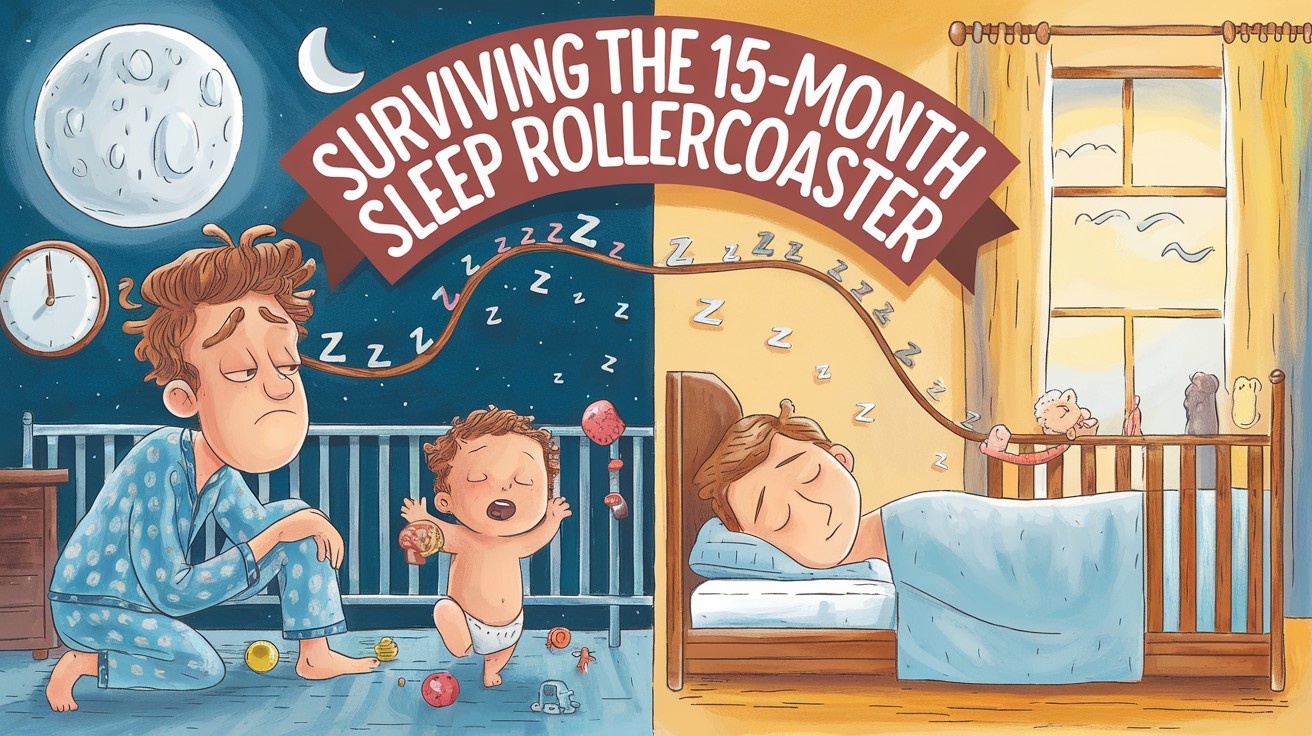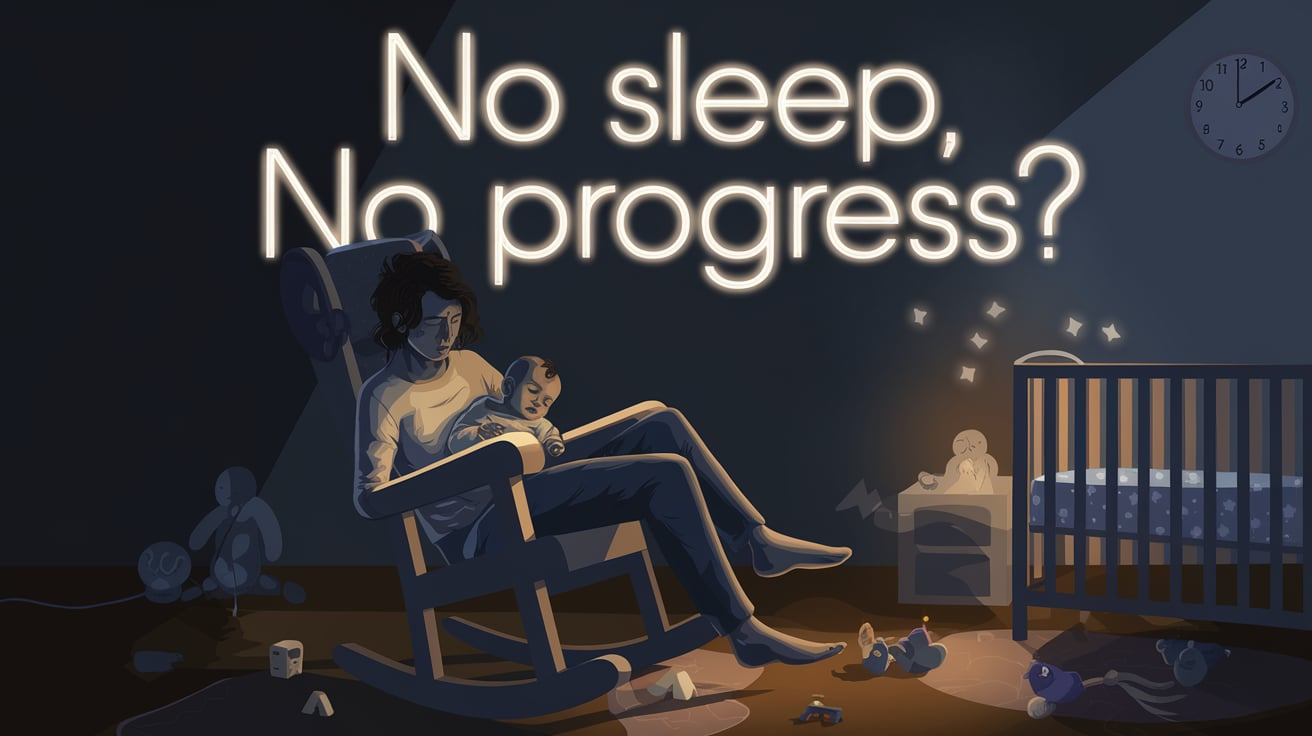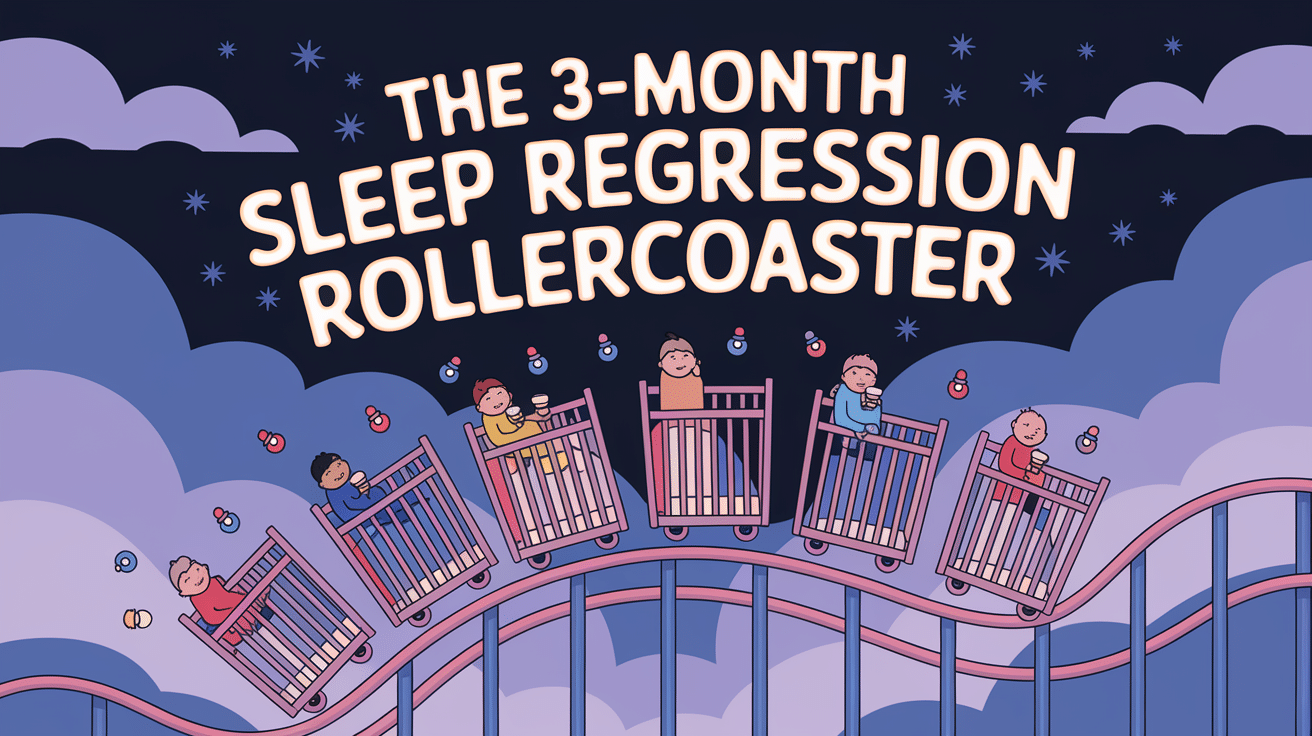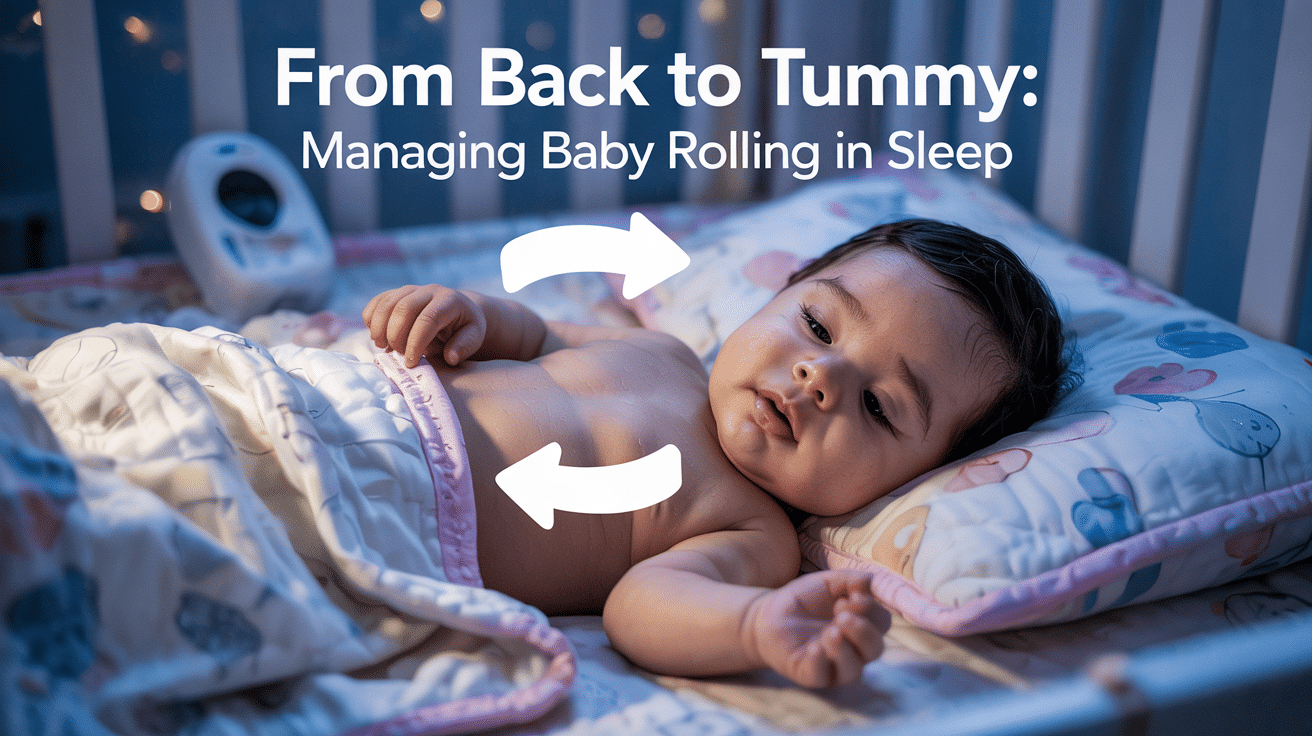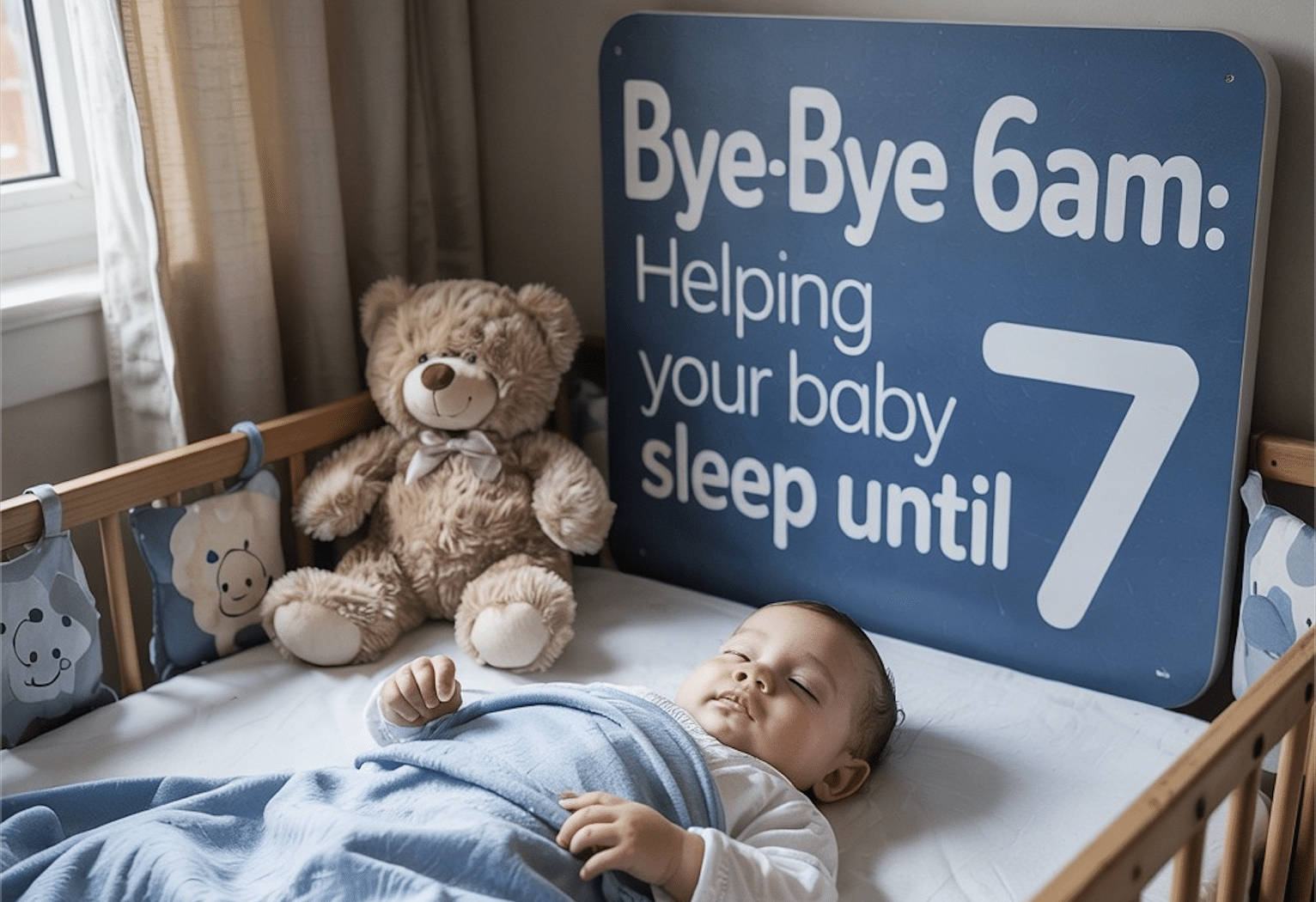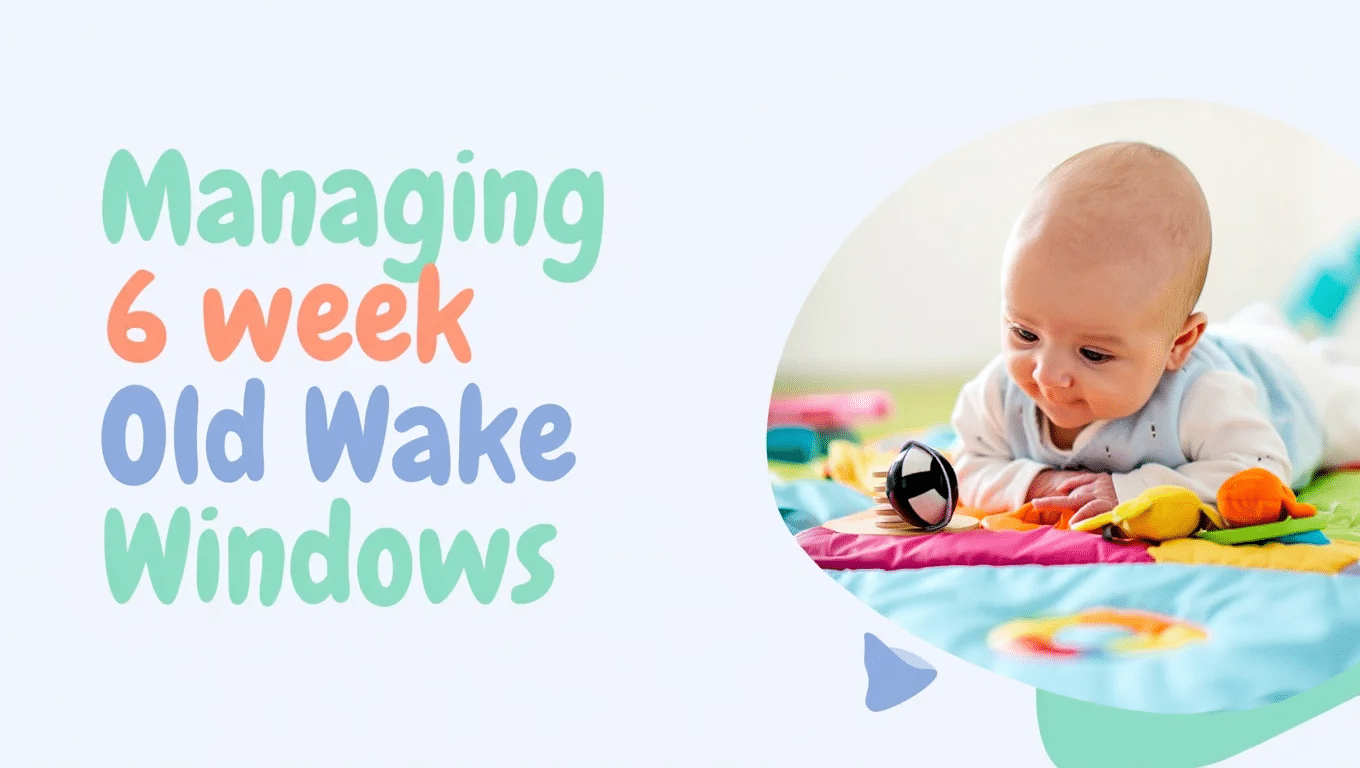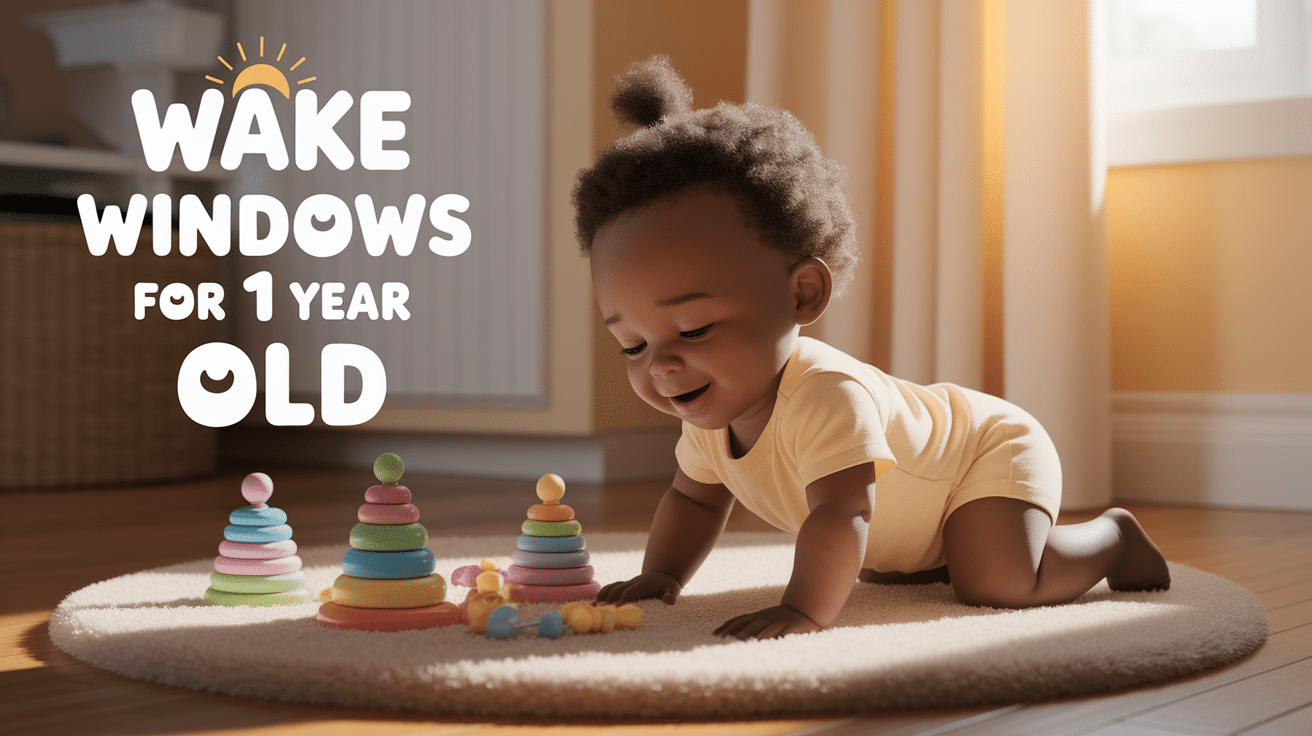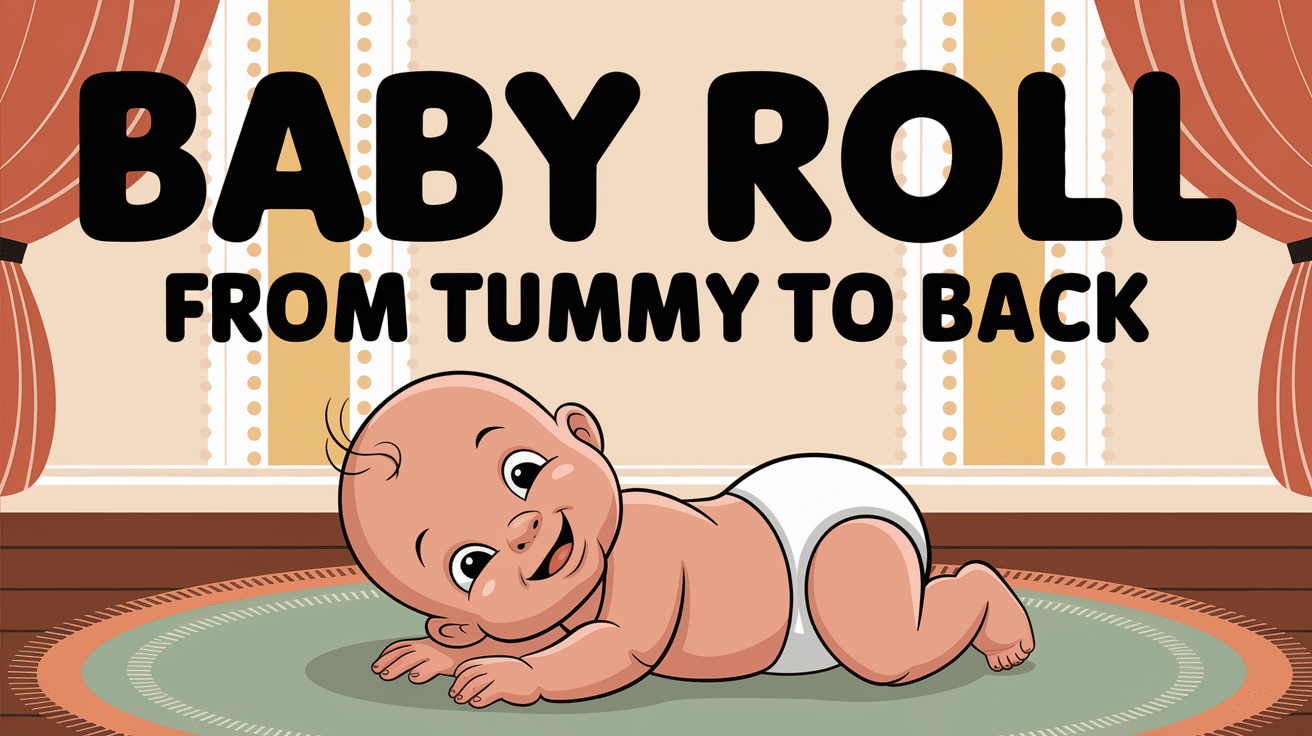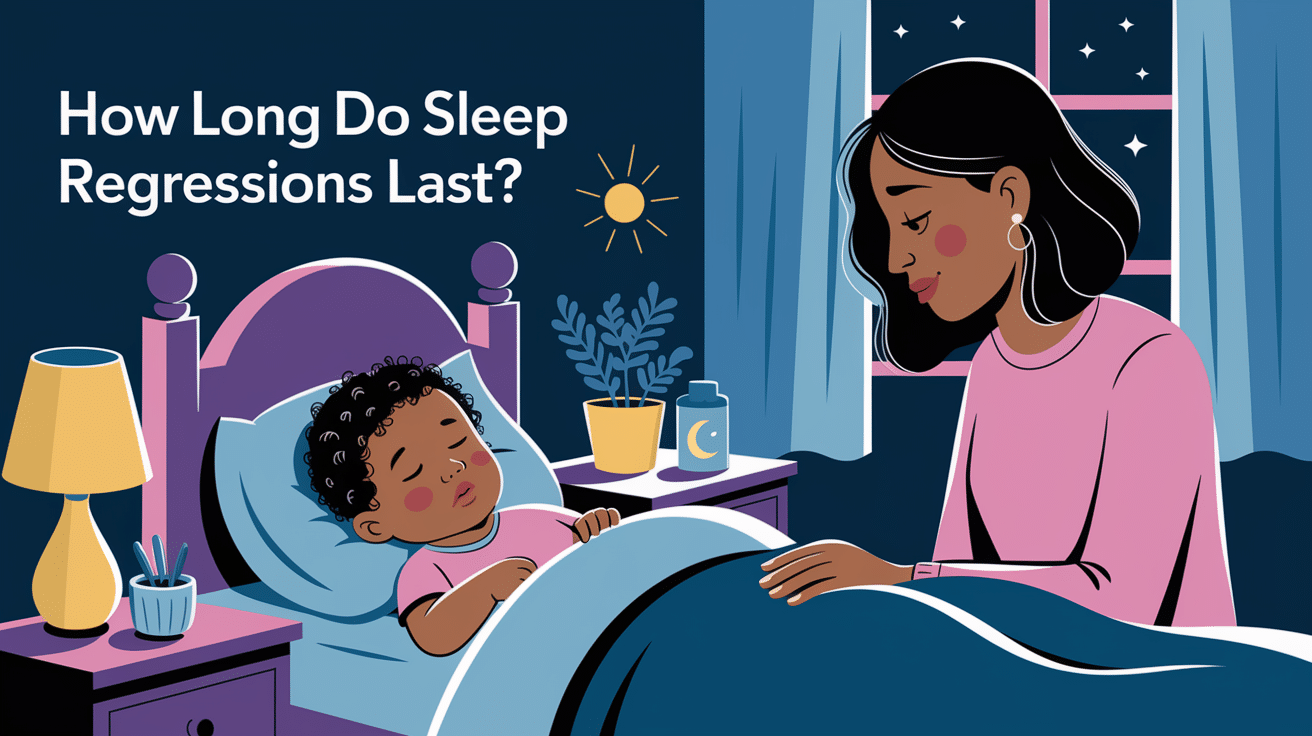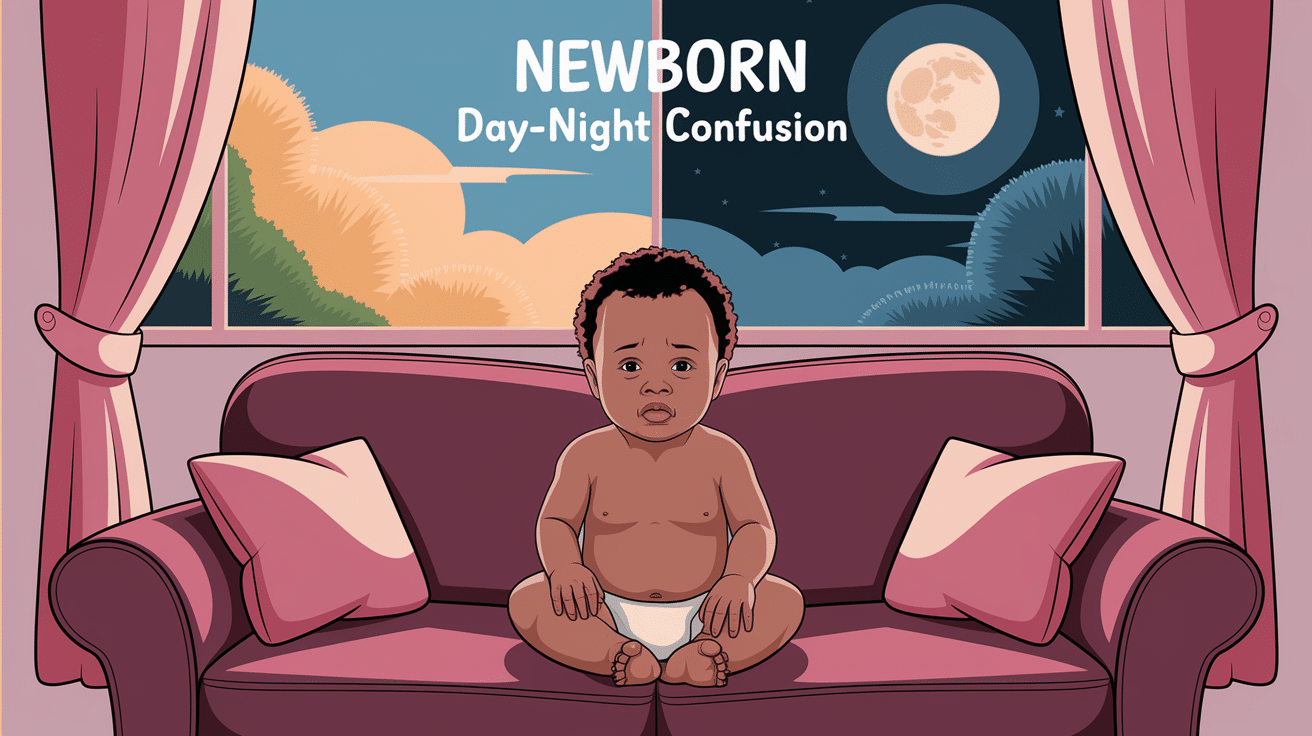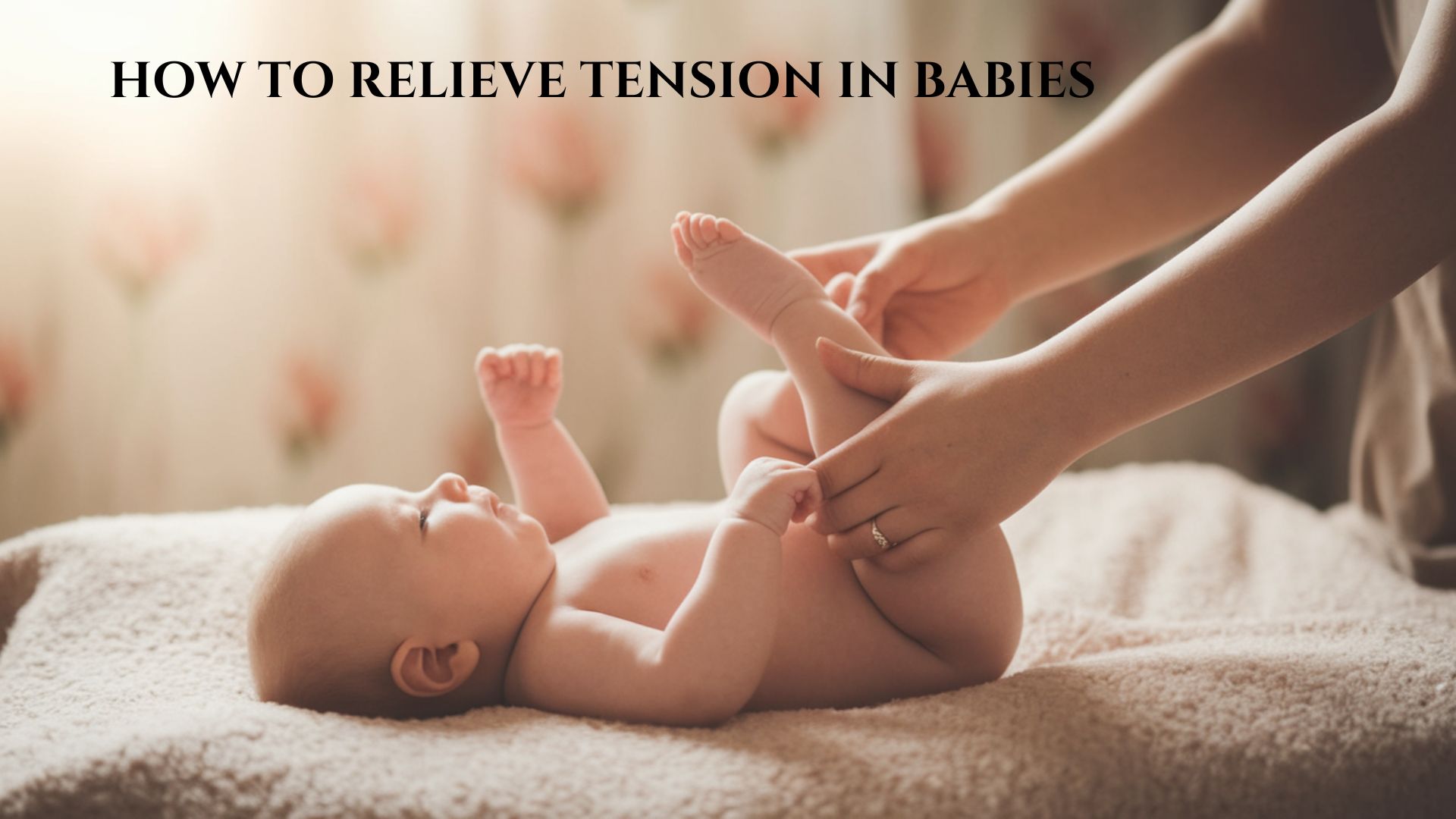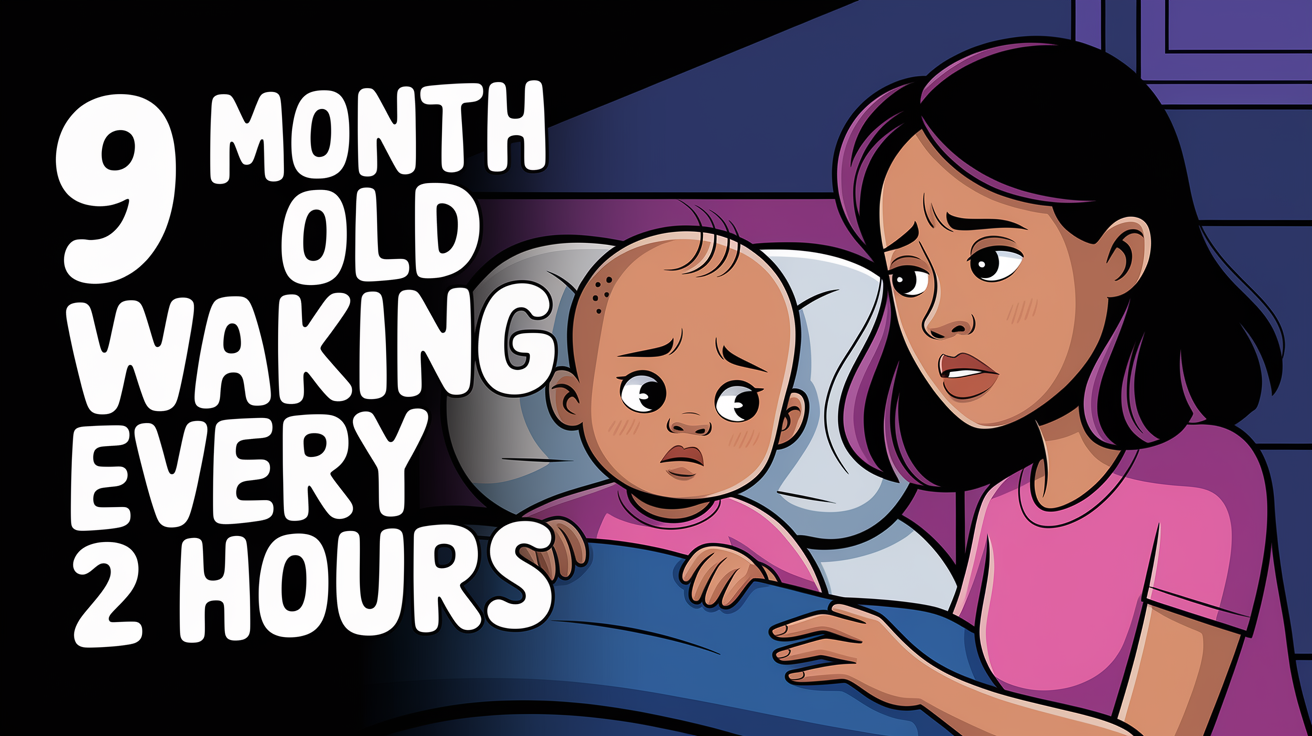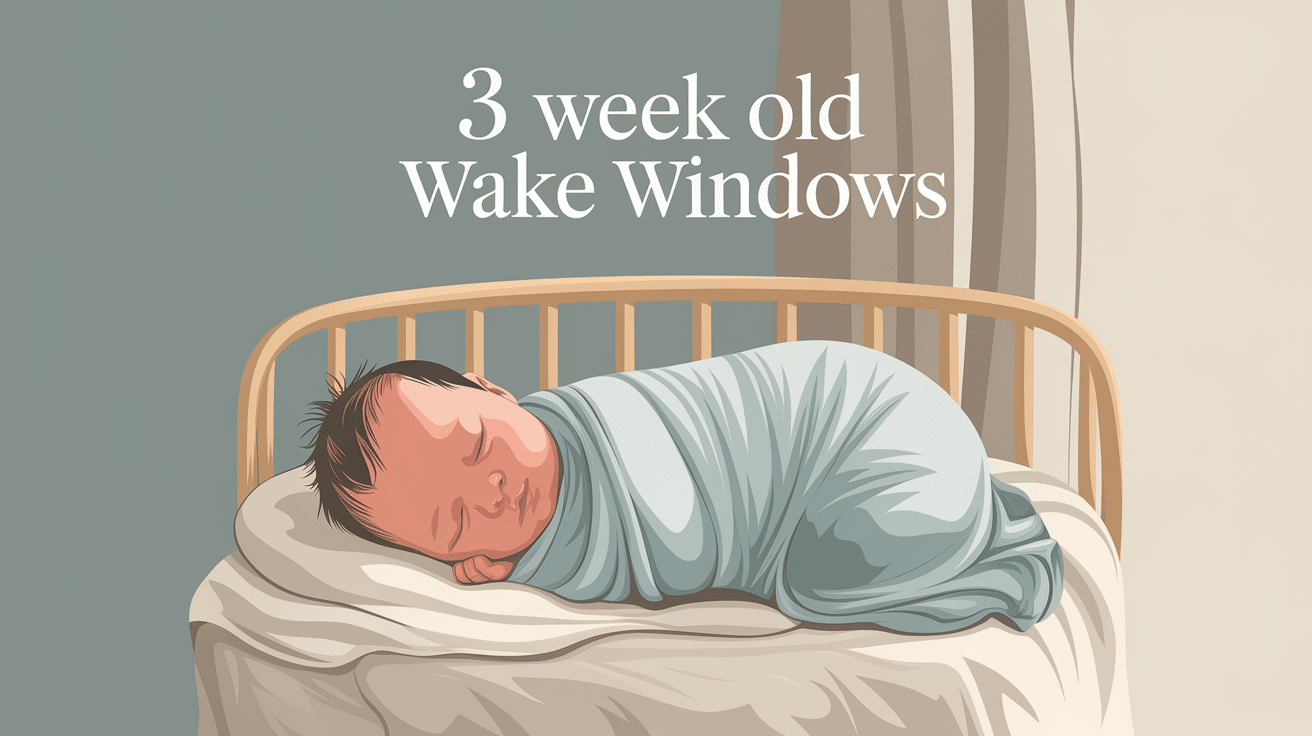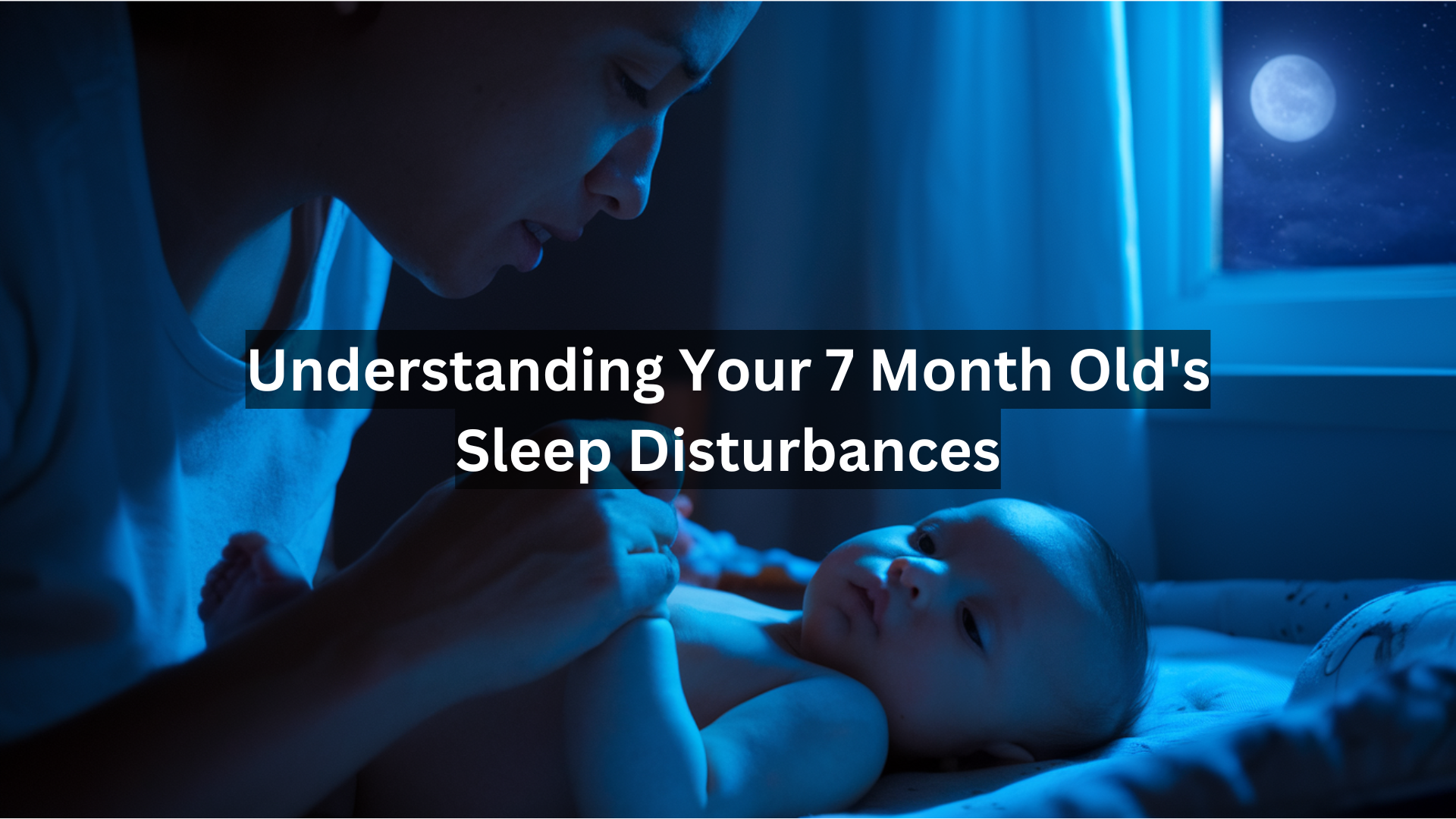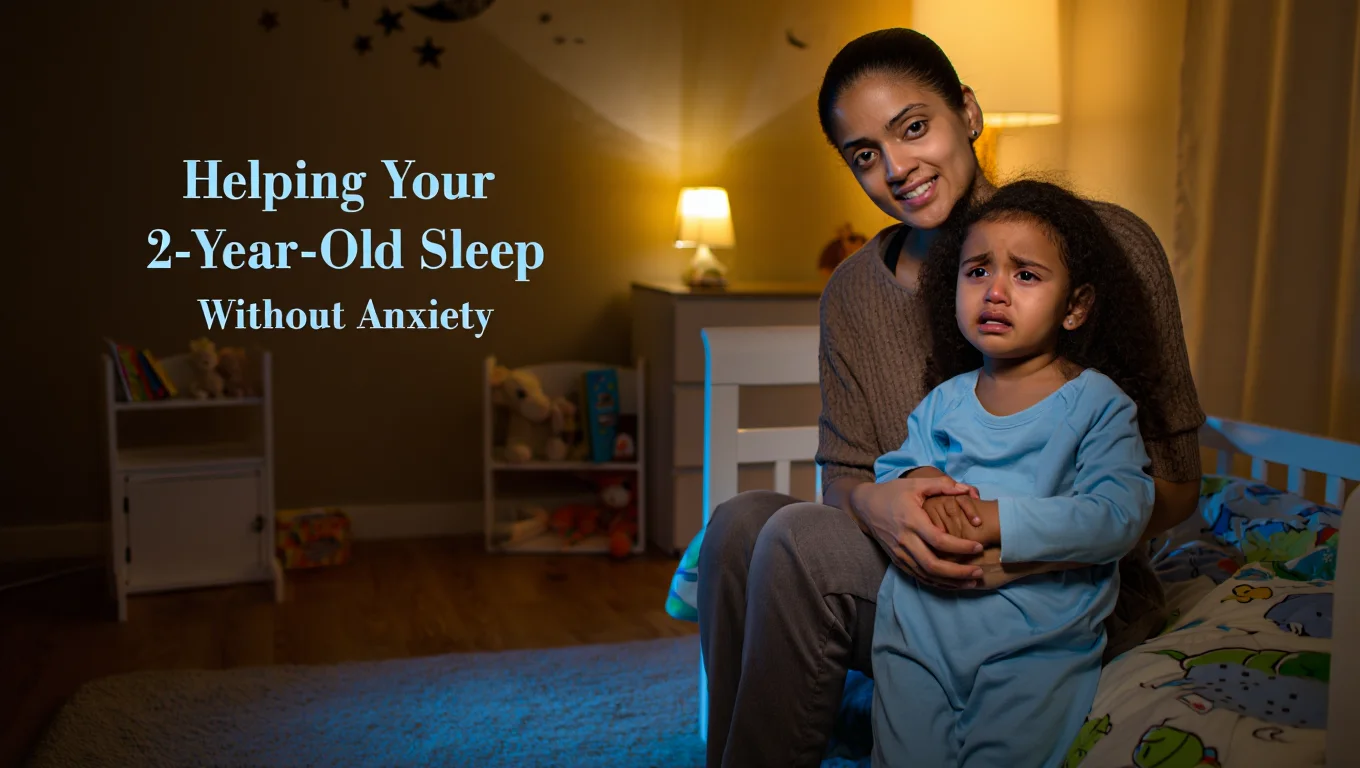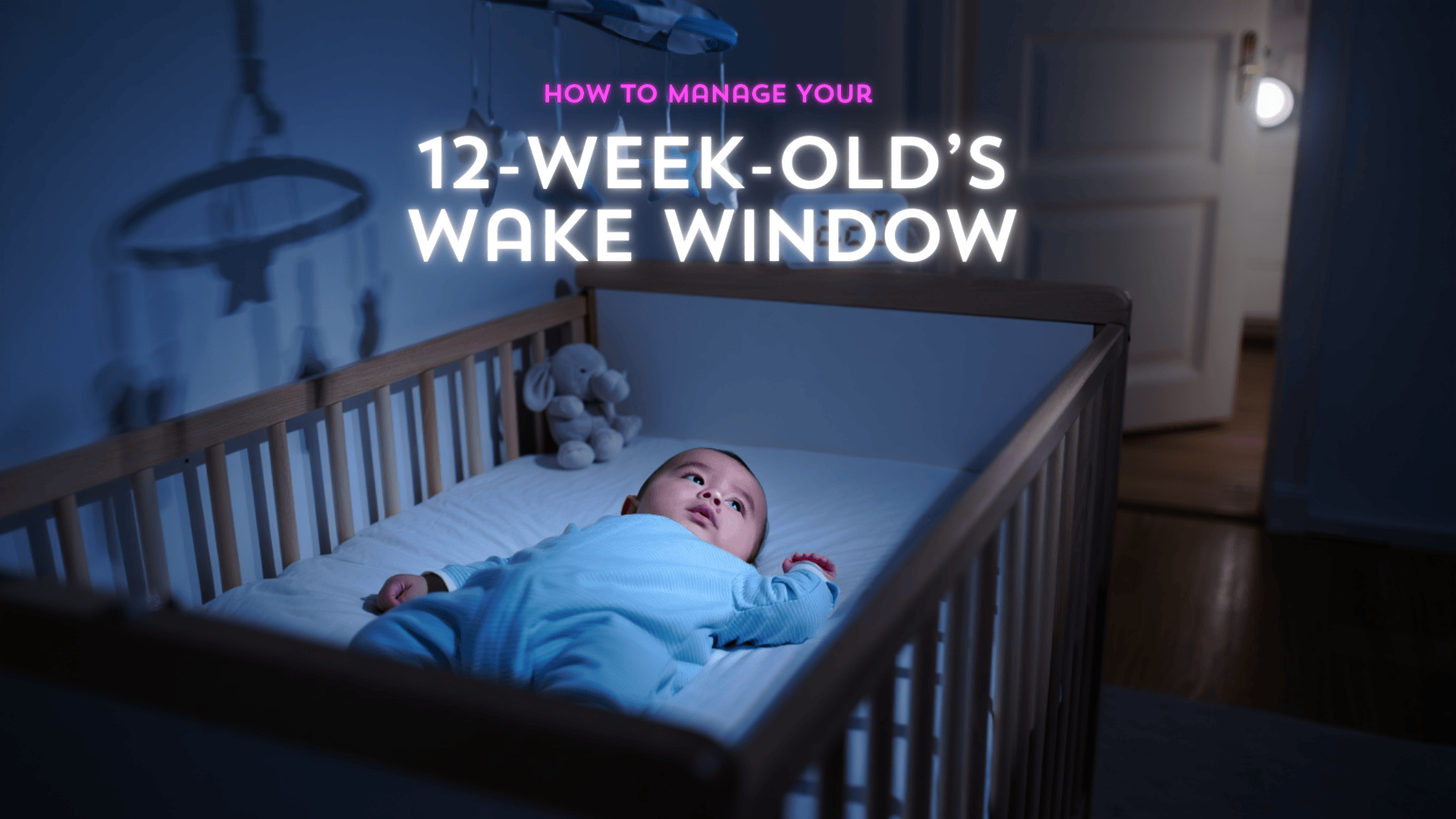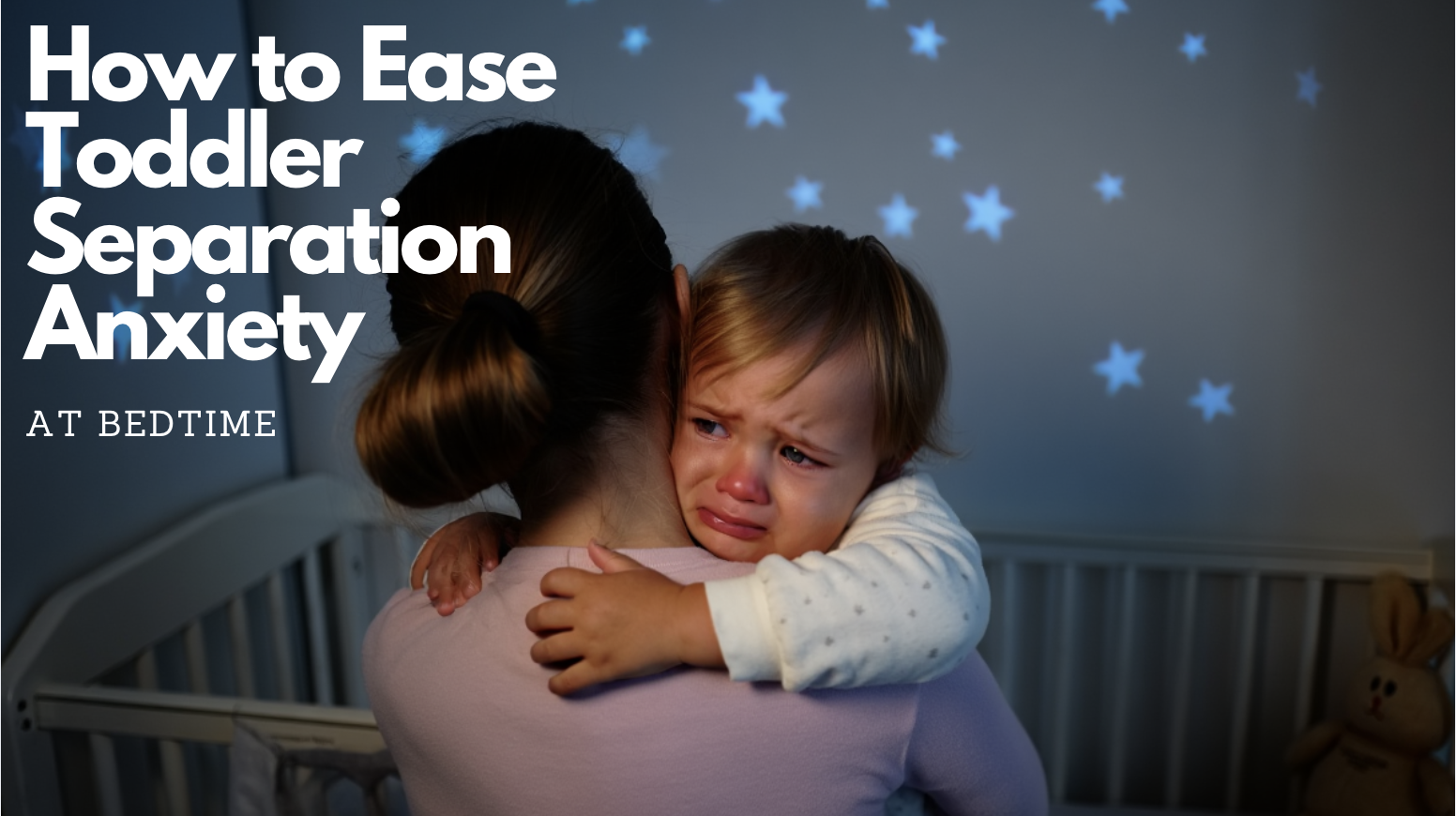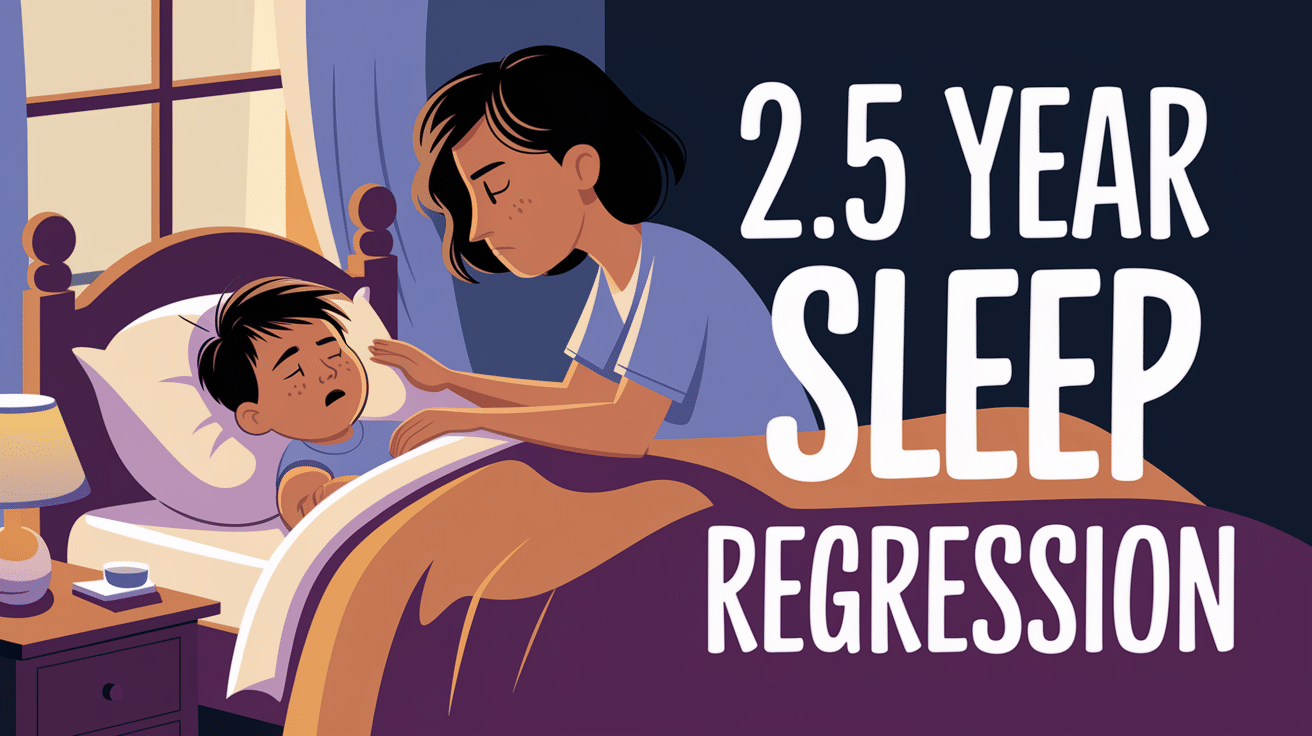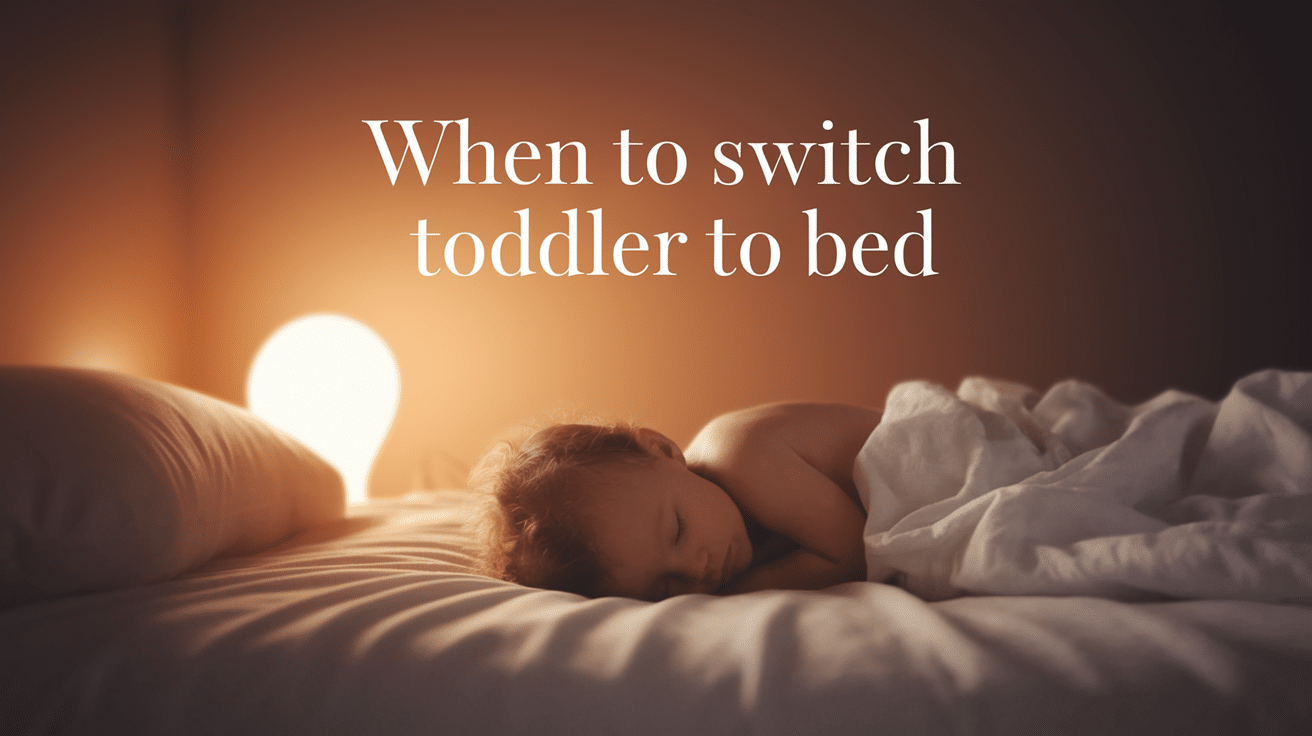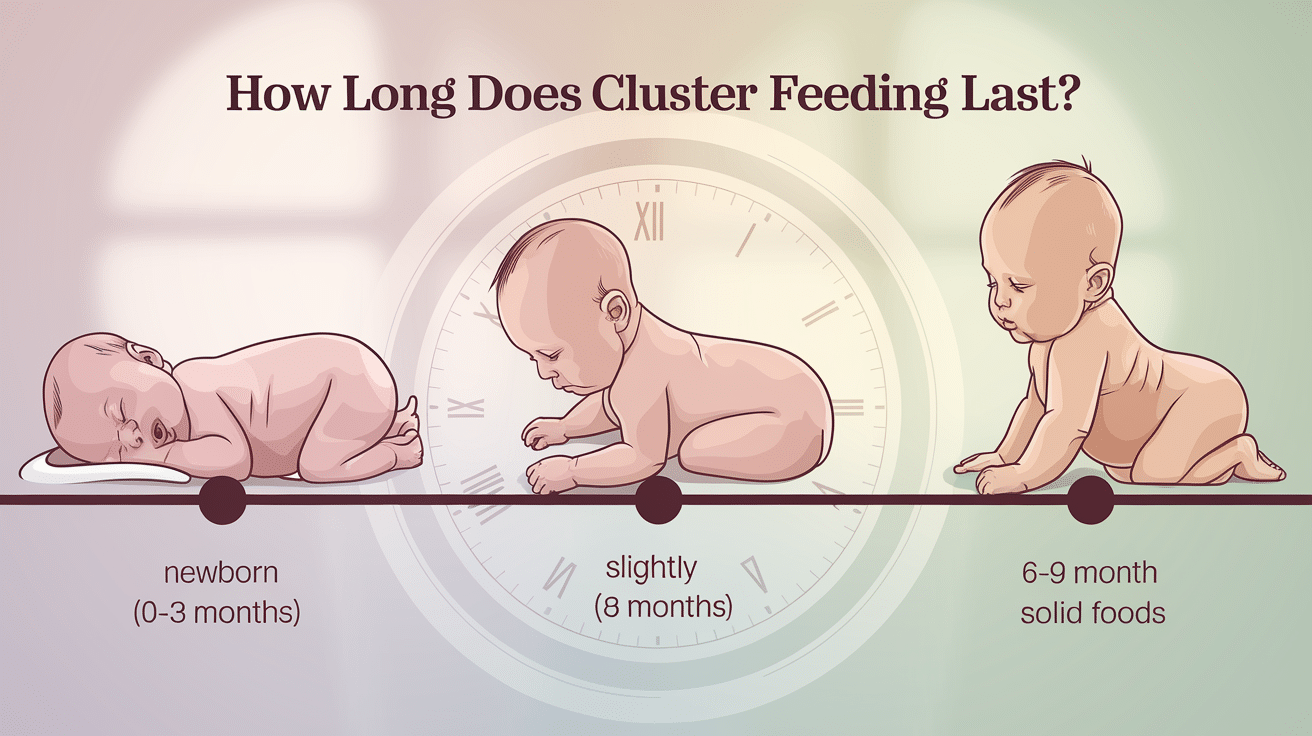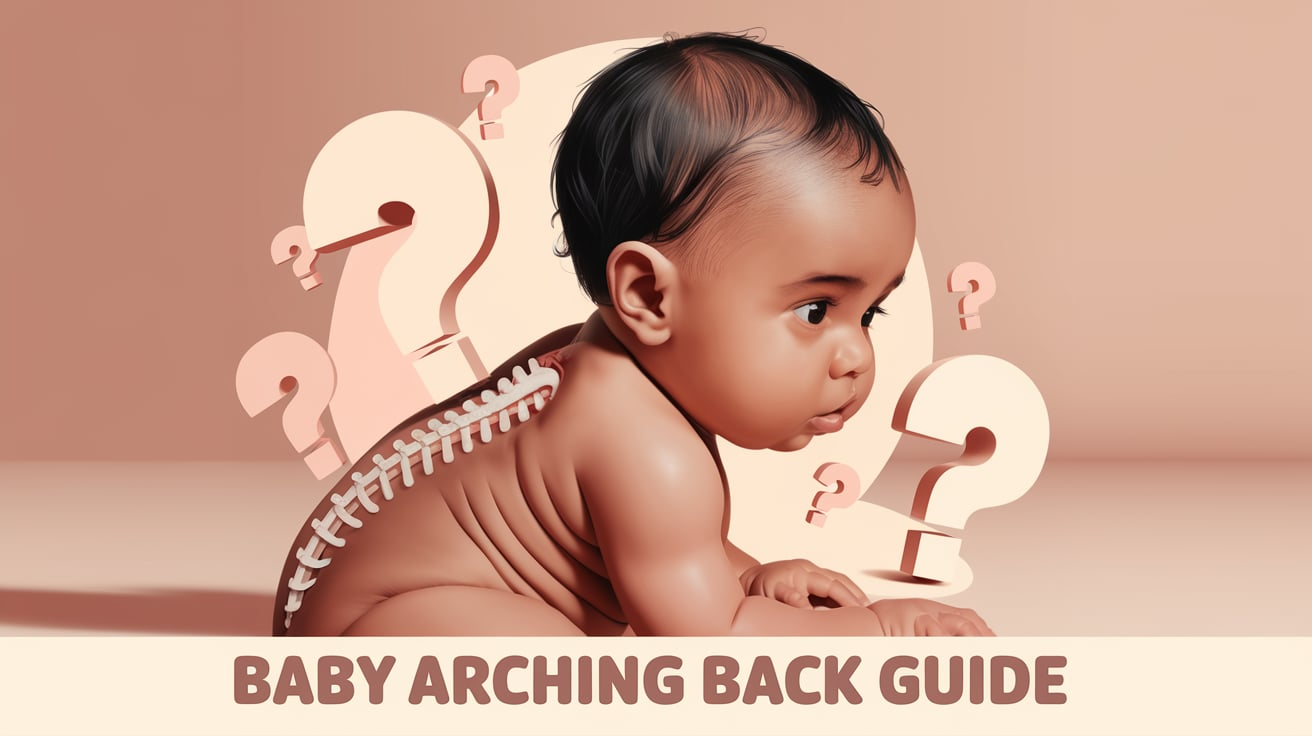
Are you exhausted from your baby waking every 30 minutes at night? You’re not alone! This frustrating pattern affects many parents and has several potential causes.
What’s happening in your baby’s sleep cycle? During light sleep phases, babies often briefly wake, and without self-soothing skills, they cry for help, returning to sleep.
Newborns spend about 50% of their sleep in REM (active) sleep compared to adults’ 20%, making them more prone to frequent wakings.
Understanding the “why” behind frequent wakings is our first step toward longer stretches of sleep for everyone. Whether it’s sleep associations, developmental leaps, or physical needs, there are gentle, effective approaches to help.
What’s your baby’s age? This will help us explore age-appropriate solutions together.
Understanding Normal Sleep Patterns
Baby sleep cycles are significantly shorter than adults—lasting only 40-50 minutes compared to our 90-120 minutes. This biological difference explains why infants wake more frequently throughout the night.
Newborns spend about 50% of their sleep in active REM sleep (compared to adults’ 20%), making them more prone to waking. Additionally, babies under 6 months often need nighttime feedings as their small stomachs can’t hold enough to sustain them all night.
As babies develop, their sleep cycle gradually matures. By 4 months, they begin forming more adult-like sleep patterns, though they still experience more REM sleep than adults.
Each sleep-wake change represents a sensitive period when babies are more likely to fully wake if they haven’t developed the skill of connecting sleep cycles independently.
This explains the common 30-minute wake pattern—it’s simply your baby completing one sleep cycle and struggling to step into the next without assistance.
Understanding these biological sleep patterns helps parents set realistic expectations rather than viewing frequent wakings as a problem to fix.
Common Causes of Frequent Night Waking

Frequent night-wakings are normal during early sleep development, but certain triggers can make them more persistent or disruptive.
1. Sleep Regressions and Growth Phases
Sleep regressions are short-term disruptions where a baby who was sleeping well starts waking more frequently. The 4-month regression is often the most challenging, as it marks a permanent shift in sleep cycles.
Other common regressions occur around 8, 12, and 18 months, typically aligned with developmental growth and changes in routine.
2. Physical Milestones and Nighttime Practice
As babies learn new physical skills like rolling, crawling, or pulling to stand, they often practice them at night. This can lead to more waking and restlessness.
For example, a baby may stand up in the crib and get frustrated when they can’t lie back down, interrupting their sleep until the skill is mastered.
3. Mental Development and Brain Activity
Cognitive leaps can also impact sleep. During times of rapid brain development, babies process new information even while asleep.
This increased brain activity may cause lighter sleep and more frequent wakings, especially every 30 minutes, as people transition between sleep cycles.
4. Hunger, Growth Spurts, and Teething
Younger babies wake often due to small stomachs and frequent feeding needs. Growth spurts around 3 weeks, 6 weeks, 3 months, and 6 months can increase hunger.
Teething adds another challenge, especially at night when discomfort is more noticeable. Signs include drooling, fussiness, and swollen gums.
5. Environmental Disruptions
Room temperature, clothing comfort, noise, and light can all impact sleep. Babies sleep best in a room kept between 68–72°F (20–22°C).
Disruptions like loud noises, a light turning on, or an uncomfortable sleep outfit can wake a baby, especially during the light sleep stages at the end of each cycle.
The “False Start” Phenomenon
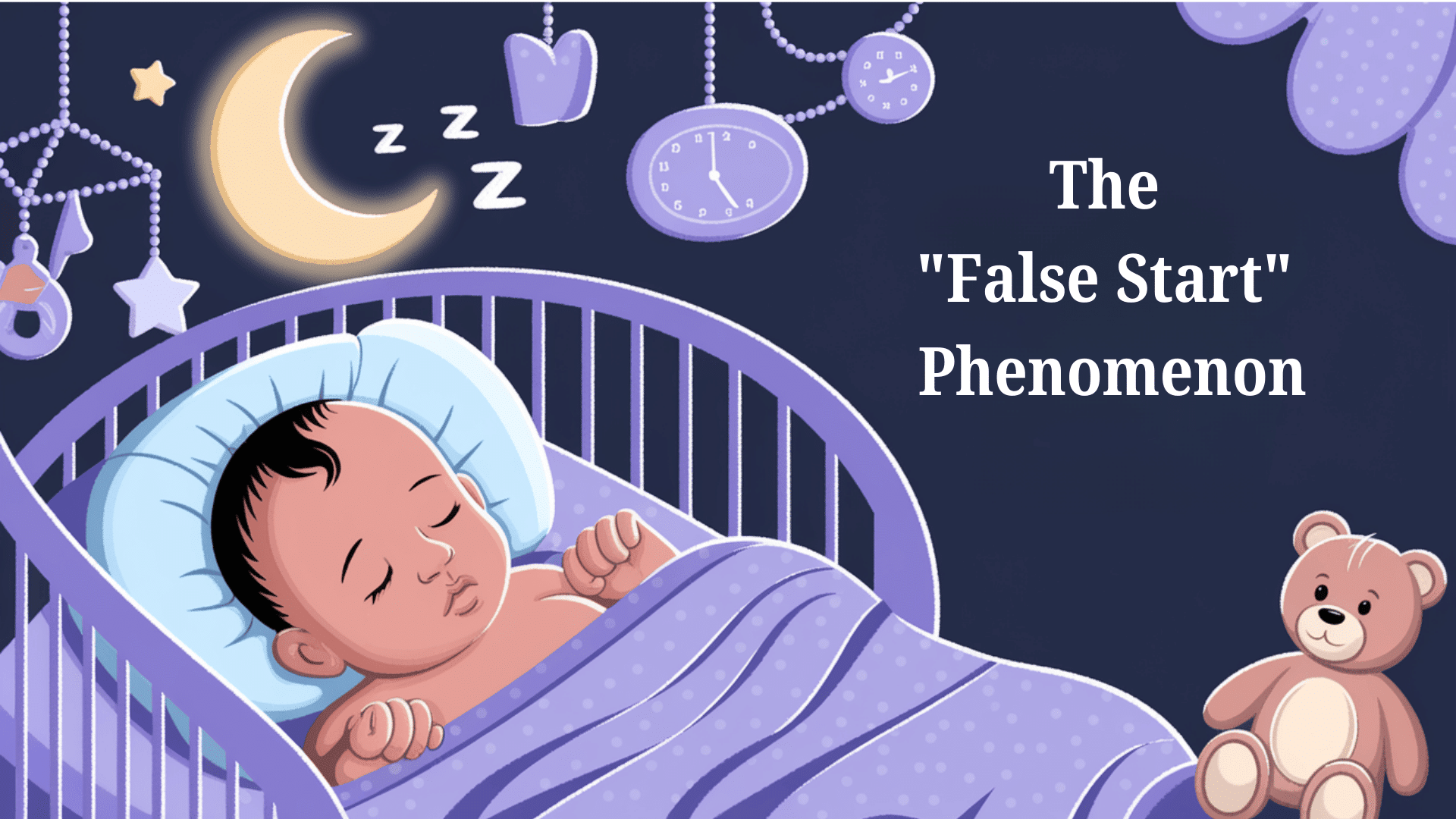
False starts occur when babies wake up just 30-45 minutes after being put down for bedtime, often confused with a short nap. This phenomenon happens because your baby fails to shift smoothly from their first sleep cycle into the next.
The primary culprit is typically overtiredness—when babies go to bed with excessive sleep pressure, their bodies release stress hormones that make it harder to stay asleep.
This often connects directly to daytime sleep issues, including short naps or too much wake time before bed.
An inconsistent bedtime routine or incorrect sleep timing can also contribute to these frustrating false starts. The 30-45-minute timeframe of false starts isn’t coincidental—it’s precisely the length of a baby’s sleep cycle.
During this shift between cycles, babies briefly rise into a lighter sleep state. If conditions aren’t ideal, this light sleep can turn into a full awakening.
Contrarily, keeping a baby awake longer before bed typically worsens false starts rather than improving them. Overtired babies have elevated cortisol (stress hormone) levels that make it harder to maintain deep sleep and successfully shift between cycles.
Age-Specific Sleep Challenges and Practical Solutions

Sleep needs and challenges evolve quickly during a child’s early years.
This table breaks down common sleep issues by age, what parents can expect, and simple tips to support healthier, more restful nights.
| AGE GROUP | KEY SLEEP CHALLENGES | WHAT TO EXPECT | HELPFUL TIPS |
|---|---|---|---|
| Newborns (0–3 months) | Short sleep cycles, frequent wakings | Irregular sleep is normal | Gentle routines, swaddling, day-night cues |
| Babies (4–12 months) | Sleep consolidation, night feedings | Some sleep through the night; others may not | Try sleep training, consistent schedule, consider dream feeds |
| Toddlers (1–2 yrs) | Nap changes, fears, separation anxiety | Bedtime resistance, more independence | Clear routines, comfort items, set boundaries |
Practical Solutions to Extend Sleep

1. Optimizing Sleep Environment
Creating the ideal sleep space starts with keeping the room dark using blackout curtains and maintaining a calm, clutter-free environment to reduce stimulation during sleep transitions.
White noise can also be helpful—place the machine 6–7 feet from the crib at a volume of 50–65 decibels, using continuous, non-rhythmic sounds for best results.
Additionally, keep the room temperature between 68–72°F, dress your baby in one extra layer than you would wear, and consider using sleep sacks to provide consistent warmth throughout the night.
2. Perfecting Your Bedtime Routine
A sleep-promoting routine should include calming activities like a warm bath, gentle massage, soft singing, or quiet reading. It should also avoid screens and bright lights 30–60 minutes before bed.
Begin the routine about 30 minutes before your baby’s ideal sleep time, and watch for early signs of drowsiness to prevent overtiredness.
Consistency is key—follow the same sequence each night to build strong sleep associations, and try to maintain the routine even when traveling or during schedule changes.
3. Addressing Sleep Associations
To support independent sleep, start by identifying sleep crutches—conditions like rocking, feeding, or pacifiers that your baby relies on to fall asleep and may need again during night wakings.
Encourage self-soothing by placing your baby in the crib drowsy but awake, allowing them to practice falling asleep on their own.
Use gentle methods such as the “fade out” approach, where you gradually reduce your presence, or try progressive waiting to offer reassurance while helping your baby build confidence.
4. Balancing Daytime Schedule
To prevent overtiredness, maintain age-appropriate wake windows: 1–2 hours for younger babies and 2–4 hours for older ones.
Create restful nap conditions to support quality daytime sleep and use occasional “rescue naps” when regular naps are too short. A well-balanced daytime schedule helps promote longer, more restful sleep at night.
5. Feeding Considerations
Ensure your baby gets enough nutrition during the day to reduce hunger-related night-wakings.
For older babies, begin phasing out night feedings gradually while boosting daytime intake, always with guidance from your pediatrician. A well-fed baby during the day is more likely to sleep longer at night.
When to Seek Help?

While frequent night-wakings are often normal, certain patterns warrant medical attention. Consult your pediatrician if your baby shows signs of sleep apnea (pauses in breathing), excessive snoring, or extreme irritability or if wakings are accompanied by unusual crying, positioning, or discomfort.
Persistent sleep issues despite consistent routines—especially if affecting your baby’s development or your mental health—also justify medical evaluation.
Your pediatrician can rule out conditions like reflux, allergies, or ear infections.
If medical concerns are eliminated but sleep challenges persist, consider a certified pediatric sleep consultant who can provide personalized strategies based on your parenting philosophy and your baby’s unique temperament.
Conclusion
Frequent night-wakings can feel endless when you’re experiencing them, but remember that this challenging phase will pass.
Your baby’s sleep patterns will mature, and the skills you’re both developing now will build a foundation for healthy sleep habits in the future.
The key is patience and consistency: identify the specific causes behind your baby’s 30-minute wakings, implement appropriate solutions for their age and development, and give new strategies time to work before making changes. Most importantly, be gentle with yourself during this demanding season.
Sleep deprivation is a genuine challenge, so accept help when offered, prioritize your rest when possible, and celebrate small improvements along the way.
You’re not failing as a parent—you’re handling a normal, temporary developmental phase, and both you and your baby will emerge on the other side with sweeter, more restful nights ahead.
If you’re interested in more informational content on mothers and babies, feel free toclick here and explore other blogs that you might enjoy.















